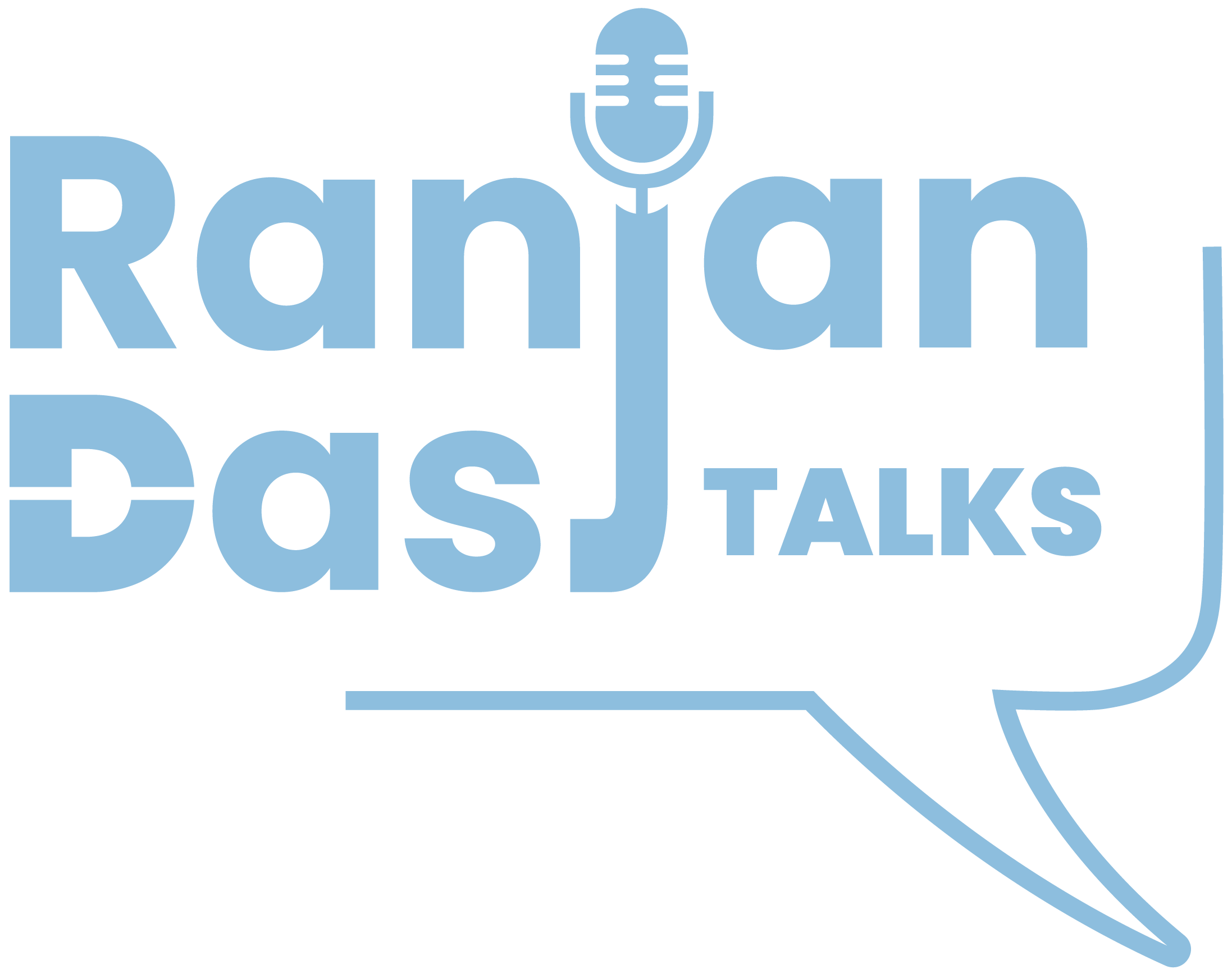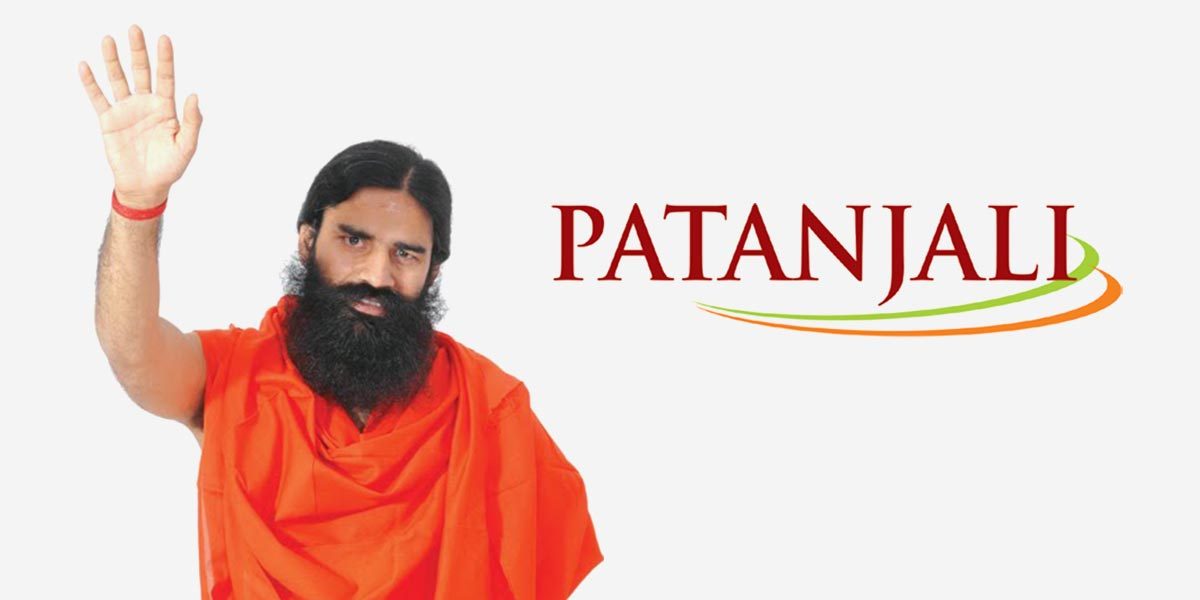
Blog
Patanjali- A threat or a boon to FMCG brands in India?
Patanjali came like a storm and disrupted the FMCG market with the right elements, but was that enough to sustain its market position?

Ranjan Das
· Posted: 2020-12-20
Posted: 2020-12-20

The FMCG industry in India is growing at a faster rate than ever. Factors like urbanization, rising disposable income and changing lifestyle have added to the FMCG sub-sectors leading to the expansion of the industry.
However, rural Indian happens to be the driving component of the FMCG industry lately. Semi-urban and rural segments are growing at a rapid pace and FMCG products account for almost 50% of the total rural spending.
Considering such a rapid growth opportunity, Patajanli entered the market with all the right elements to target customers with a new approach which consequently led to its meteoric rise between the years 2014-2017. Being called the most disruptive force in the Indian FMCG market, in 2016-17, Patanjali declared a whopping revenue figure of Rs.10,526 crore. Thanks to Baba Ramdev’s charisma & mass pull, Patanjali disrupted the FMCG market on its very launch.
While it ate into market shares of all top brands, it opened up new markets as well. Patanjali positioned itself as homegrown and natural, promoting the goodness of Ayurveda. The brand catered to diverse demographic and income strata, targeting and offering them products at 15-20% lesser price than the competitors. It also served people’s need for a healthier and more natural lifestyle by switching to herbal products.
However, the heroic success of Patanjali was only short-lived. The brand, under the daze of its rapid boom, started entering new product categories that did not match its portfolio. Patanjali derailed as it jumped into segments like apparel, baby diapers, e-commerce marketplace etc., but could not keep up with its quality, distribution and marketing efforts for the same. Patanjali lost control over its core brands due to inconsistent marketing and degrading quality of products. After creating and expanding a market for itself, positioning and pricing the products differently from its competitors, and benefiting from all these propositions, Patanjali experienced a decline of over ?2000cr. in its revenue in FY19.
Patanjali’s competitors were quick to take advantage of the new market opportunities and regain a share of the market that was rather expanded by Patanjali. Established brands reworked their strategy and launched products like ‘Cibaca Vedshakti’ by Colgate which was priced lower than Dant Kanti. Adding natural products to their portfolio, brands like Dabur and Colgate could take advantage of the rural market developed by Patanjali which further fetched them greater revenue as rural India is a major driver in the FMCG sector today.
Patanjali’s competitors were quick to take advantage of its downfall and regain a share of the market that was rather expanded by Patanjali. Established brands reworked their strategy and launched products like ‘Cibaca Vedshakti’ by Colgate which was priced lower than Dant Kanti. Adding natural products to their protfolio, brands like Dabur and Colgate could take advantage of the rural market developed by Patanjali which further fetched them greater revenue as rural India is a major driver in the FMCG sector today.
But the consumer preference shifted greatly to natural products amid COVID-19. There was a surge in demand for Ayurvedic medicines and immunity building products. This further gave companies the opportunity to penetrate into the newly developed market. Even in the post-COVID-19 phase, there is a sales boost of products like Chyawanprash and fish-oil tablets since people’s focus now prioritizes inner well-being.
Patanjali, which was seen as a threat on entering the industry truly turned out to be a boon for its competitors. It created a new market and gave way to a changed approach which was followed by its rivals to yearn profits from. With the occurrence of the pandemic, the relevance of the products grew, building up a larger customer base for these companies. The FMCG sector is seeing a change and growth like never before.
Marketing is everything, products are
woven around it.